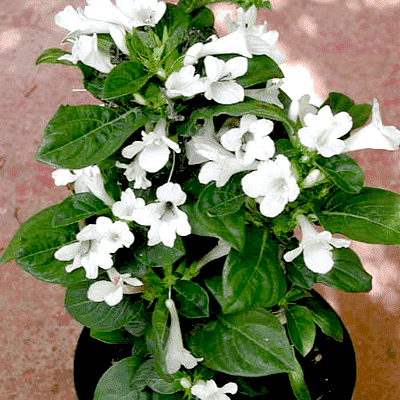Description
Good accent shrub featuring deeply incised leaves, attractive flowers and interesting fruits.Elderberries are popular for their unusual taste in pies, jellies, and jams. They are occasionally used in winemaking. The plants are very hardy (usually to Zone 4 but some kinds to Zone 3), and because they flower in late June, the crop is seldom damaged by late spring frost.Plant Specifications*above specification are indicative only. actual dimensions may vary by +-10%
Common Name
elderberry, black elder, European elder
Maximum Reachable Height
5.00 to 8.00 feet
Flower Colour
white or cream-colored flowers
Bloom Time
June to July
Difficulty Level
easy to grow
Planting and careThe most difficult problem faced when growing elderberries is weed control. Because they have shallow roots, do not cultivate deeper than 2 inches.After the first year, it is best to avoid disturbing the soil at all because the slightest injury can damage the fibrous root system or kill one of the new upright shoots.Use a combination of pulling weeds by hand while they are still small, mowing and mulching to control weeds without disturbing the elderberry roots.Once you develop a thick hedgerow of plants, elderberries can suppress weeds quite well.American Elderberry care
Elderberries grow best in moist, fertile, well-drained soil with a pH between 5.5 and 6.5, but will tolerate a wide range of soil texture, fertility, and acidity.
It s a myth that they prefer swampy areas.
In fact, they do not tolerate poor drainage.
Plant elderberries in spring, as soon as possible after they arrive from the nursery to prevent plants from drying out.
Sunlight
Full sun to part shade
Watering
Medium to wet
Soil
well-drained soil
Temperature
Room temperature
Fertilizer
Elderberries respond well to fertilization. In addition to incorporating manure or compost before planting, apply additional fertilizer annually in early spring.
Apply 1/8 pound of ammonium nitrate (or .5 lbs. 10-10-10) for each year of the plant s age, up to one pound per plant (or up to 4 lbs. 10-10-10).
American Elderberry special feature
Elderberries are one of the easiest and most versatile shrubs to grow in your edible landscape
American Elderberry uses
Ornamental Use:
Landscape specimen, shrub borders, screens, backgrounds, stream/pond peripheries or low spots
Good sprawling hedge
Medicinal Use:
Elderberries are an excellent general immune system booster
With elderberrys anti-inflammatory and antioxidant properties, it makes sense that it can help sinus issues
Both the flower and the berry have traditionally been used to treat diabetes
Elder has been shown to promote both urination and bowel moments
Elderberry may also help with constipation
etc
Culinary Use:
The elderberry bush or elderberry tree yields the berries that are commonly used in syrups, jams and wine






Reviews
There are no reviews yet.